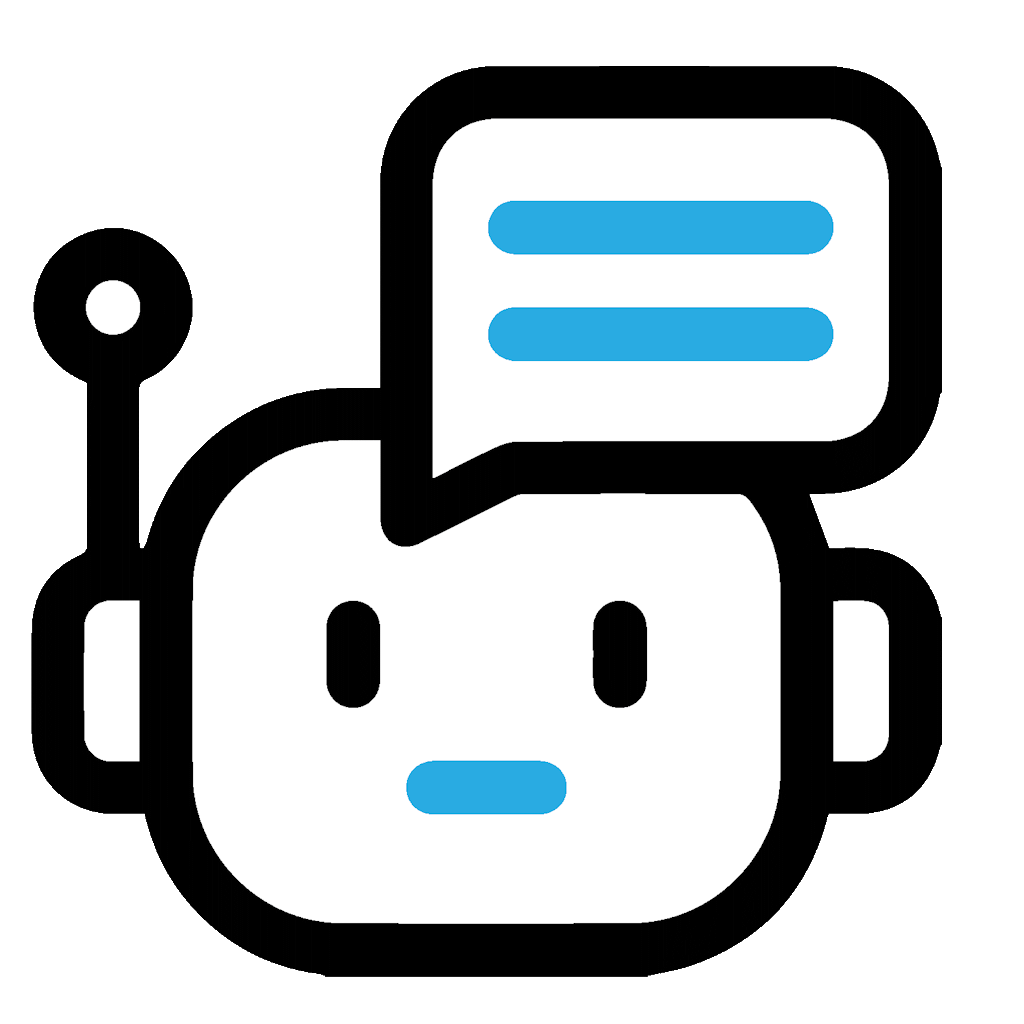Artificial intelligence is rapidly reshaping the landscape of web scraping in 2025. What once required manual scripting and brittle workflows can now be managed by intelligent tools capable of parsing complex websites, identifying meaningful data, and adapting in real-time to site structure changes. But as scraping systems become smarter, so do the defenses against them. This new dynamic makes proxies more essential than ever — particularly for those leveraging AI-based scrapers at scale.
Smarter Scraping Requires Smarter Infrastructure
AI-powered scrapers today do more than just collect data. They interpret it. Natural language processing (NLP) models are used to identify relevant text blocks. Vision-based models extract structured information from unstructured visual layouts. Some advanced scrapers even use reinforcement learning to adjust behavior based on site response codes.
These advancements dramatically increase the success rate and flexibility of scraping systems. But they also introduce higher expectations for uptime, anonymity, and geographic reach — which is where proxies become critical. For AI-driven tasks to succeed, access must be reliable, scalable, and low-noise. That’s why many developers turn to the best proxies for scraping to support their infrastructure.
AI Challenges Traditional Anti-Bot Defenses
Sites now deploy machine learning algorithms themselves to detect suspicious behavior. Rate limiting, browser fingerprinting, and behavioral analysis are common defenses. AI scrapers must respond with sophisticated masking techniques — using headless browsers, rotating user agents, and intelligent delays — but even those aren’t enough without high-quality proxy support.
Proxies give AI tools the ability to appear as multiple real users, distributed across locations. They prevent IP bans, enable geo-targeted scraping, and maintain steady throughput. When integrated correctly, proxies allow AI-based scraping tools to maintain stealth and resilience.
The challenge is ensuring your proxy source is consistent and diverse enough to match AI’s dynamic capabilities — and that’s where the best residential proxy providers shine.
Why Residential Proxies Excel in AI Workflows
Residential proxies are IPs assigned to real users by internet service providers. They rotate organically, have strong trust signals, and are highly effective at bypassing anti-bot protections. For AI systems collecting large-scale or localized data, residential proxies offer several unmatched advantages:
- Reduced Block Rates: Their legitimacy makes them harder to flag.
- Improved Geo-Targeting: Access localized content for training region-aware AI models.
- Better Session Management: Sticky sessions and IP persistence support complex interactions like pagination or login-required flows.
While datacenter proxies still have a role in high-speed scraping, their detectability often limits their use in advanced AI scraping pipelines. The best residential proxy providers are becoming the go-to solution for AI developers who prioritize accuracy, access, and stability.
Real-World Use Cases in 2025
AI-enhanced scraping is fueling major innovations across industries. In 2025, we’re seeing it used in:
- Retail Intelligence: Gathering and analyzing product, price, and inventory data from thousands of e-commerce pages in real-time.
- Language Model Training: Building training corpora by scraping publicly available content from niche forums, international news, or review platforms.
- Financial Insights: Extracting real-time signals from public filings, stock forums, and company blogs.
- Healthcare AI: Aggregating clinical trial data, public health reports, and research paper abstracts from open-access sources.
All of these rely on fast, adaptive scraping pipelines — and thus, they rely heavily on proxy infrastructure that can scale with AI needs.
Choosing the Right Proxy Setup for AI Scraping
Selecting the right proxies is no longer just about cost or speed — it’s about compatibility with intelligent systems. AI scrapers need:
- High IP Diversity: To avoid bans and maintain throughput
- Rotating Residential IPs: For tasks that simulate human behavior
- Session Persistence: For workflows requiring login or cookie handling
- Scalable Bandwidth: To match high-volume data collection needs
That’s why teams building these systems often rely on the best proxies for scraping, ensuring that AI isn’t bottlenecked by unreliable or blocked connections.
Final Thoughts
AI is redefining web scraping in 2025, making it more efficient, adaptive, and capable than ever before. But to truly unlock its potential, it must be paired with the right proxy architecture. As websites become more defensive, only the best residential proxy providers can offer the authenticity and reach that AI systems require.
For developers, analysts, and companies investing in AI scraping, understanding the critical role of proxies — and choosing wisely — is no longer optional. It’s foundational.


